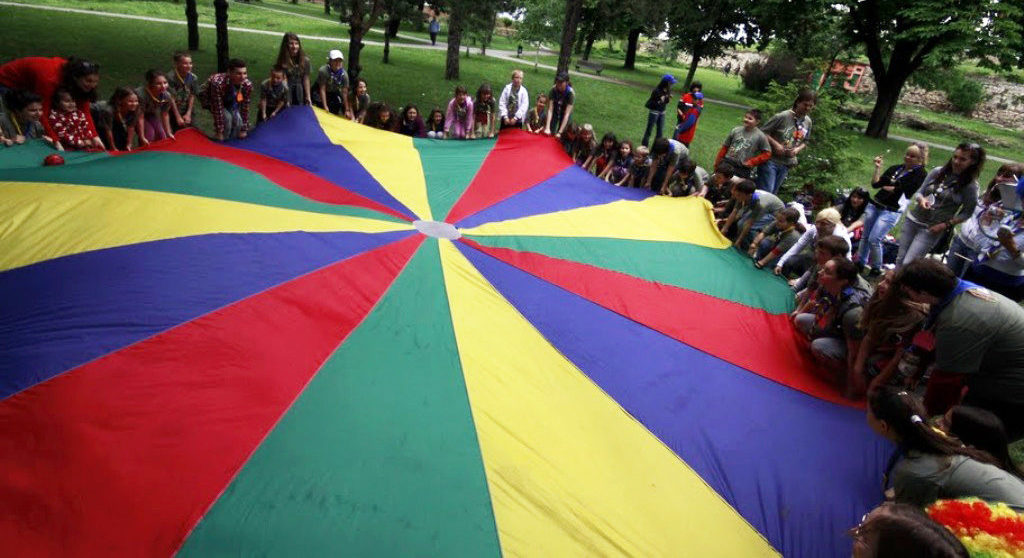What is a Sustainable Community?
Throughout the world, people want the same things: access to clean air and water; economic opportunities; a safe and healthy place to raise their kids; shelter; lifelong learning; a sense of community; and the ability to have a say in the decisions that affect their lives.
A sustainable community takes into account, and addresses, multiple human needs, not just one at the exclusion of all others. It is a place where people of diverse backgrounds and perspectives feel welcome and safe, where every group has a seat at the decision-making table, and where prosperity is shared.
It takes a long-term perspective – focusing on anticipating and adapting to change in both the present and future.
A sustainable community manages its human, natural, and financial capital to meet current needs while ensuring that adequate resources are available for future generations.
Since 1991, ISC has worked with thousands of communities, organizations, institutions and companies in more than 30 countries. We believe strong communities are the foundation of a peaceful and healthy planet for humanity. We have concluded that climate change, income inequality, and social injustice are the biggest threats to building strong, sustainable communities and hence these challenges define our current priorities.

ISC’s mission is to help communities around the world address environmental, economic and social challenges to build a better future shaped and shared by all.
Elements of a Sustainable Community
ISC developed the following elements of a sustainable community in 1995 (which were adopted by the President’s Commission on Sustainable Development in 1997):
LEADERSHIP, CIVIC ENGAGEMENT AND RESPONSIBILITY
- Equal opportunity for all individuals to participate in and influence decisions that affect each of their lives.
- Adequate access to public information.
- A viable, nongovernmental sector.
- An atmosphere of respect and tolerance for diverse viewpoints, beliefs, and values.
- Encourages individuals of all ages, gender, sexual orientation, ethnicity, religions, and physical ability to take responsibility based upon a shared vision.
- Political stability.
- Does not compromise the sustainability of other communities.
ECOLOGICAL INTEGRITY
- Satisfaction of basic human needs for clean air and water and nutritious, uncontaminated food.
- Protection and enhancement of local and regional ecosystems and biological diversity.
- Conservation of water, land, energy, and nonrenewable resources, including maximum feasible reduction, recovery, and reuse and recycling of waste.
- Utilization of prevention strategies and appropriate technology to minimize pollution emissions.
- Use of renewable resources no faster than their rate of renewal.
ECONOMIC SECURITY
- A diverse and financially viable economic base.
- Reinvestment of resources in local economy.
- Maximization of local ownership of businesses.
- Meaningful employment opportunities for all citizens.
- Provision of job training and education to help the workforce adjust to future needs.
SOCIAL WELL-BEING
- A reliable food supply that optimizes local production.
- Adequate health services, safe and healthy housing, and high quality education for all members of the community.
- Maintains a place that is safe from crime and aggression.
- Fosters a community spirit that creates a sense of belonging, a sense of place, and a sense of self-worth.
- Stimulation of creative expression through the arts.
- Protection and enhancement of public spaces and historic resources.
- Provision for a healthy work environment.
- Adaptability to changing circumstances and conditions.
